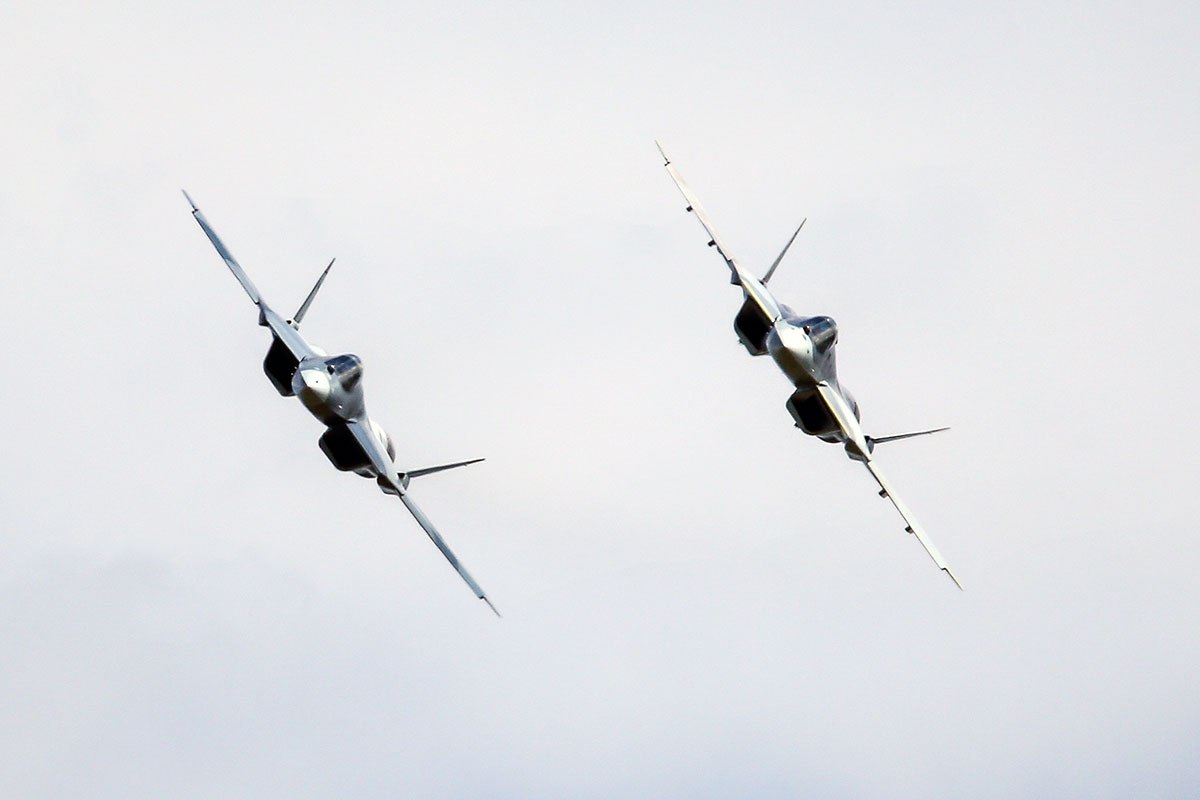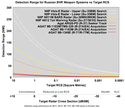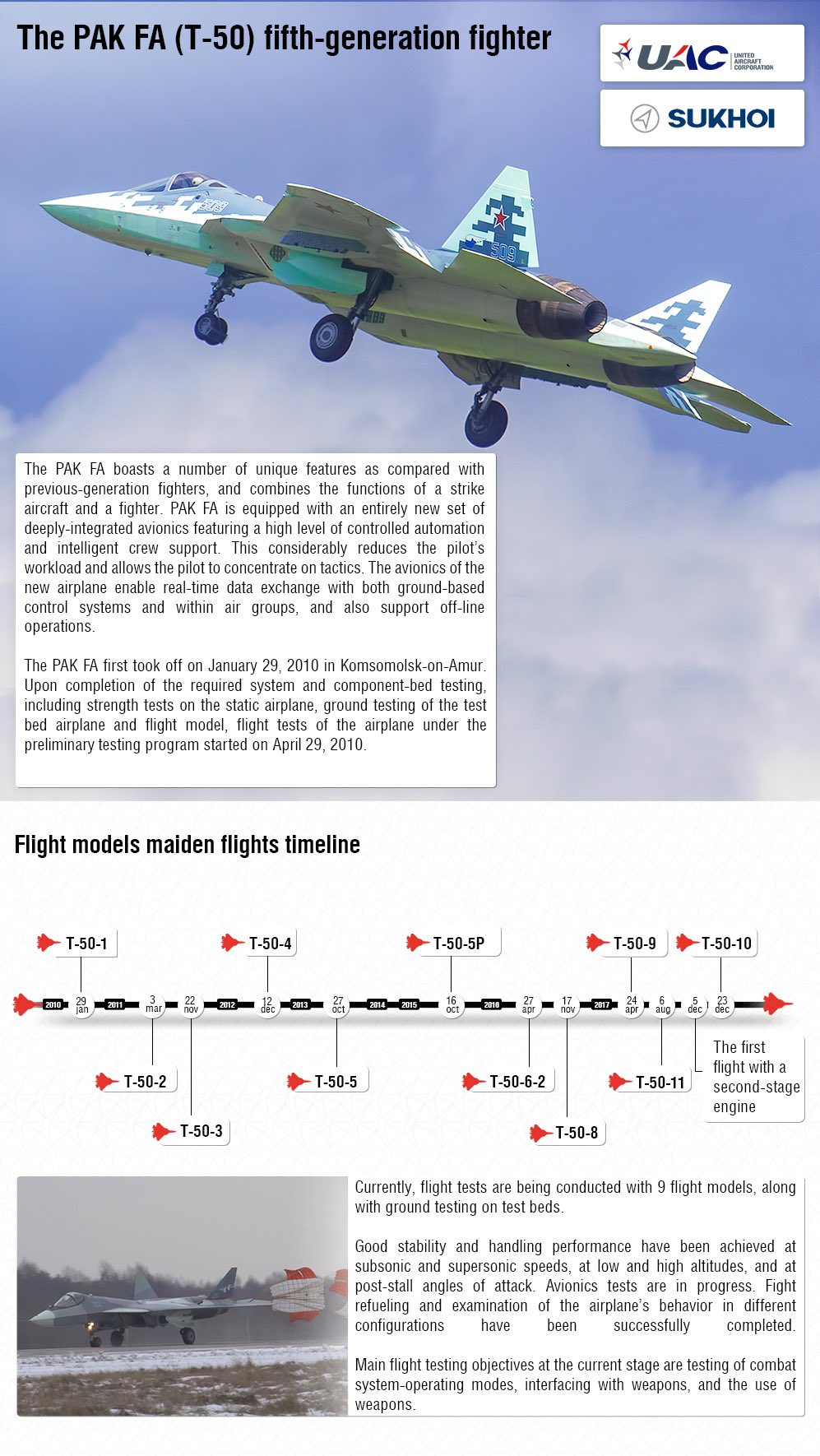So radar blockers significantly reduce engine performance? That's extremely worrisome that the Su-57 has to choose between speed and stealth while the F-22 has both in the same package.
What are you talking about?
Who said they significantly reduced engine performance?
A modern jet engine chokes on supersonic airflow so as an aircraft takes off its intakes open to allow as much air into the engine as possible to maximise thrust.
Flying at medium or high altitude at high speed however the airflow actually needs to be reduced so the air intake actually reduces the amount of air entering the engine so it is not supersonic any more... a radar blocker would actually improve engine performance for an aircraft like an F-16 with a fixed air intake and perhaps allow it to fly faster by slowing down the intake airflow speed so the engine does not choke on the supersonic air flow.
The solution could be as simple as an array of mesh doors covering half the width of the intake... two on each side... two at the front and two at the back so the engine face cannot be seen from the front... the actual airflow could easily go around each door through an area half the width of the air intake so airflow would not be effected except at take off... but why would you need to be stealthy at take off with full AB?
However BVR missile tech has constantly evolved and the fact that they were ineffective 30 years ago doesn't mean they aren't effective today. Also how can we know if EW tech works as advertised in combat conditions and won't flop? The Russians don't have an AIM-120D stock to test against the khibiny or himalayas. The americans didn't test the AIM-9X on soviet flares and phalanx with actual missile barrages and look what happened.
So you are suggesting that BVR missiles have gotten better but jamming technology has not?
The main problem for BVR missiles is that over a distance during launch and initial flight the target can change course which means constant course corrections to get the BVR missile near to an intercept course.... each change reducing energy and performance. Even a plane with no jammer or sophisticated systems that knows a missile is coming can turn and climb and accelerate a couple of times in completely different directions and that will be enough to make the incoming missile run out of energy...
A sophisticated aircraft can do rather more... including trying to shoot down the incoming missile with its own missiles.
The problem is that an aircraft even with a little more stealth can target an aircraft without the target knowing that its being targeted, as long as the stealthy targeter doesn't use datalinks and doesnt have a high IR signature.
What makes you think that?
US F-14 fighters would have a much larger RCS than Libyan Su-22s.
Modern new aircraft will have an array of sensors to detect air threats... stealthy or otherwise. An Su-35 will have its own powerful radar but also L band AESA radar and IRST sensors. AMRAAM has a sensor range of about 20-25km so a launch from that range should make any air target visible on IRST... especially the launch. At longer range than that the launch aircraft needs to direct the missile as to the location of the target, which means datalink traffic.
Most US stealth aircraft will be operating in supercruise mode occupying the high ground, so their IR signature will be significant most of the time.
The advantages of operating at such heights and speeds can easily be countered by Su-35s using AB and operating higher and faster... they will also be using more fuel but they have plenty of fuel to use anyway.
Unfortunately, as we can see here, detection range as a an object gets smaller is exponentially lowered so even if the Irbis/Byelka can see a 3m^2 target at 400km, at what range can they see a 0.4-0.2m^2 target, 120km? 130km?, that means that with the AIM-120D having a 160km range, the F-22, as long as its subsonic, not firing up radar too much and keeping radio silence can fire undetected from 150-140km without its target suspecting anything before its too late.
What makes you think an F-22 at 140km is invisible in L band? It can't fire at 140-150km against an Su-57 as it wont be spotting such targets at such ranges.
A UAV with a towed decoy jammer could be operating with Russian aircraft to completely defeat BVR missile attacks.
Firing missiles at 140km without a datalink to update the course for the missiles simply wont happen unless you want the missile to miss. Course corrections from the F-22 will give away the attack and attract the attention of Su-57s and Su-35s and MiG-35s in the area... datalink signals don't just come from empty airspace... and the IR signature of an incoming AMRAAM would be easy to spot...
Granted, the AMRAAM's kinematic performance will be reduced by the time it reaches the target, but if the target is fully loaded with weapons, it can't maneuver much without disintegrating, thus becoming an easy target.
Or it could launch a single R-77 and shoot down that AMRAAM...
What is good with russian airgorce is the r-37 to keep the awacs far away from the front. The powerfull irbis and byelka allow them to use it at max range.
If the target is an AWACS aircraft then even a Yak-130 or MiG-35 could use R-37ms as they give away their own position for almost a thousand km.









